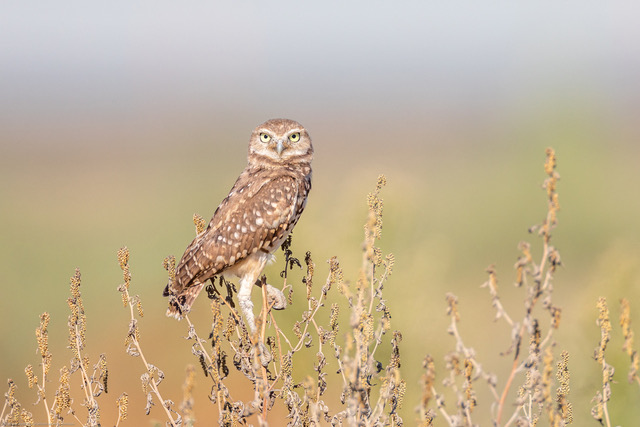New Native Species Series
Announcing a new series for our Website and Southern Sierran - Understanding Native Species, How to enjoy them, and How to protect them.

The magnificent Burrowing Owl; Paul Reinstein all rights reserved

Announcing a new series for our Website and Southern Sierran - Understanding Native Species, How to enjoy them, and How to protect them.

The magnificent Burrowing Owl; Paul Reinstein all rights reserved

Sierra Club Angeles Chapter
617 W. 7th St, Suite 702
Los Angeles, CA 90017
Office Hours: Tuesday & Thursday, 10-5 or by appointment
The Angeles Chapter of the Sierra Club welcomes your participation in its century of involvement in the enjoyment and protection of our planet's environment. The Angeles Chapter spans Los Angeles and Orange Counties in Southern California, with an extensive program of hikes/hiking, national and international travel, local conservation campaigns, political action, and programs for people of all ages.
Copyright © Angeles Chapter Sierra Club

Comments
Judi Harris (not verified)
October 5, 2020 - 6:07pm
Permalink
New Native Species Series
Bill Niemand (not verified)
October 6, 2020 - 7:18am
Permalink
Native plants
Add new comment